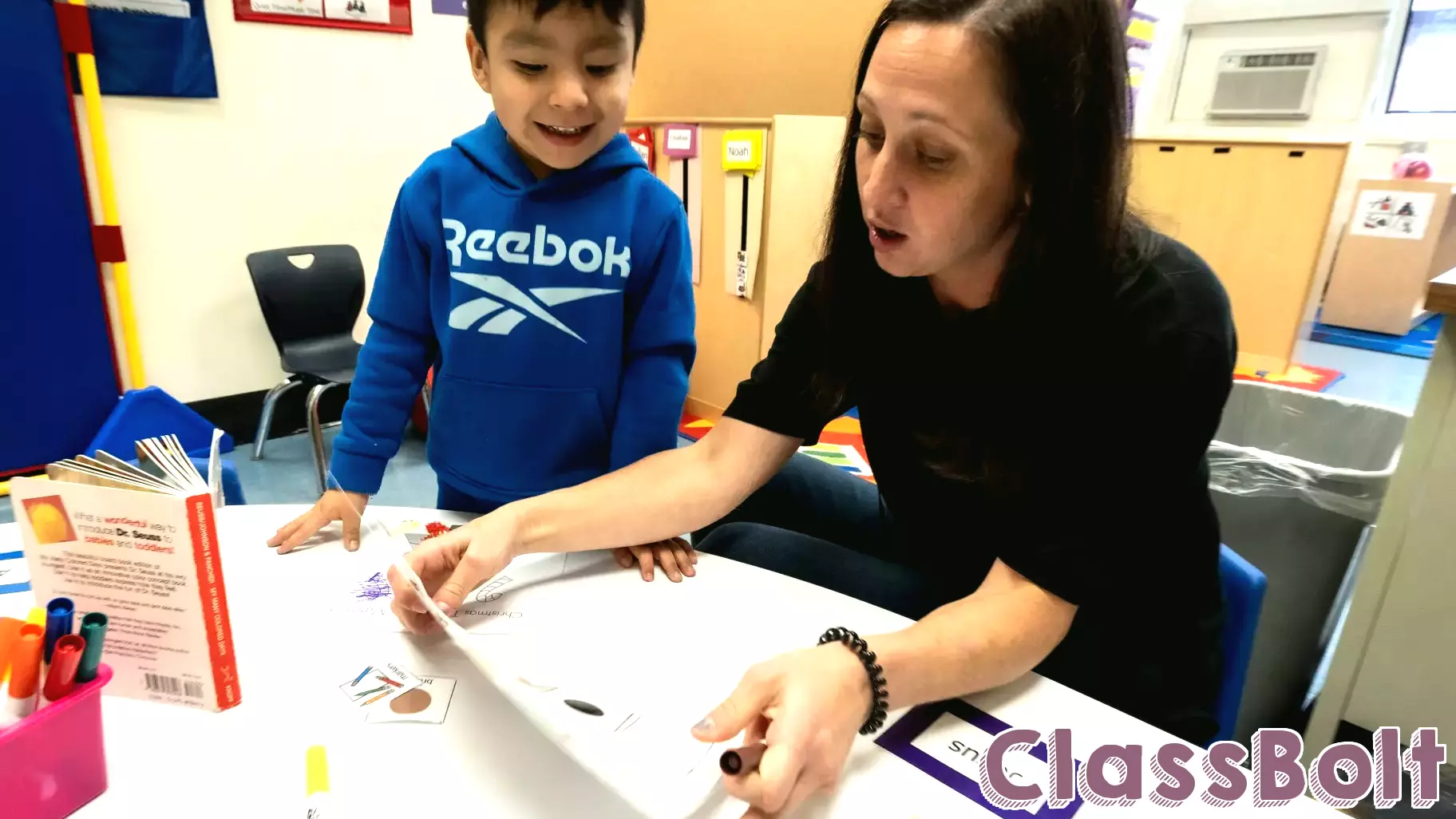Understanding IEPs and 504 Plans for Students with Disabilities
May 4, 2025 - 16:53

Students with disabilities in the United States are guaranteed the right to a free and appropriate public education. Two primary frameworks designed to support these students are Individualized Education Programs (IEPs) and Section 504 plans. While both aim to provide necessary accommodations, they serve different purposes and are governed by distinct laws.
An IEP is a detailed plan developed for students who qualify for special education services under the Individuals with Disabilities Education Act (IDEA). It outlines specific educational goals, the services the student will receive, and how progress will be measured. The IEP process involves parents, teachers, and special education professionals to ensure that the student's unique needs are met.
On the other hand, a 504 plan is part of the Rehabilitation Act of 1973 and is designed to eliminate barriers for students with disabilities in general education settings. It provides accommodations and modifications to ensure that students have equal access to education. Unlike IEPs, 504 plans do not require the same level of detailed documentation or specific educational goals.
Understanding the differences between these two plans is crucial for parents and educators to advocate effectively for students with disabilities, ensuring they receive the support they need to thrive academically.
MORE NEWS

December 17, 2025 - 19:35
Discover How This Nonprofit is Changing Perspectives and Spreading Understanding on AdoptionIn a groundbreaking initiative, a nonprofit organization is transforming the landscape of adoption education within schools. By focusing on awareness and understanding, the organization aims to...

December 17, 2025 - 11:38
Crossroads FLEX High School Transitions to Virtual Learning Amid Local ConcernsCrossroads FLEX High School is set to implement virtual learning in response to concerns raised by the local community and fire marshal. Located in a business zone adjacent to the school district`s...

December 16, 2025 - 18:08
Innovative Education Takes Center Stage at Regional Technology Awareness DayOn Friday, students from Montessori Magnet School (MMS) proudly showcased their commitment to innovative education during the 36th Annual Regional Technology Awareness Day at the Albany Capital...

December 16, 2025 - 00:30
Funeral Arrangements Announced for Dr. Roderick Paige, Former U.S. Education SecretaryThe funeral plans for Dr. Roderick Paige, Sr., the former U.S. Secretary of Education and a prominent figure in the Houston Independent School District (HISD), have been officially announced. Dr....